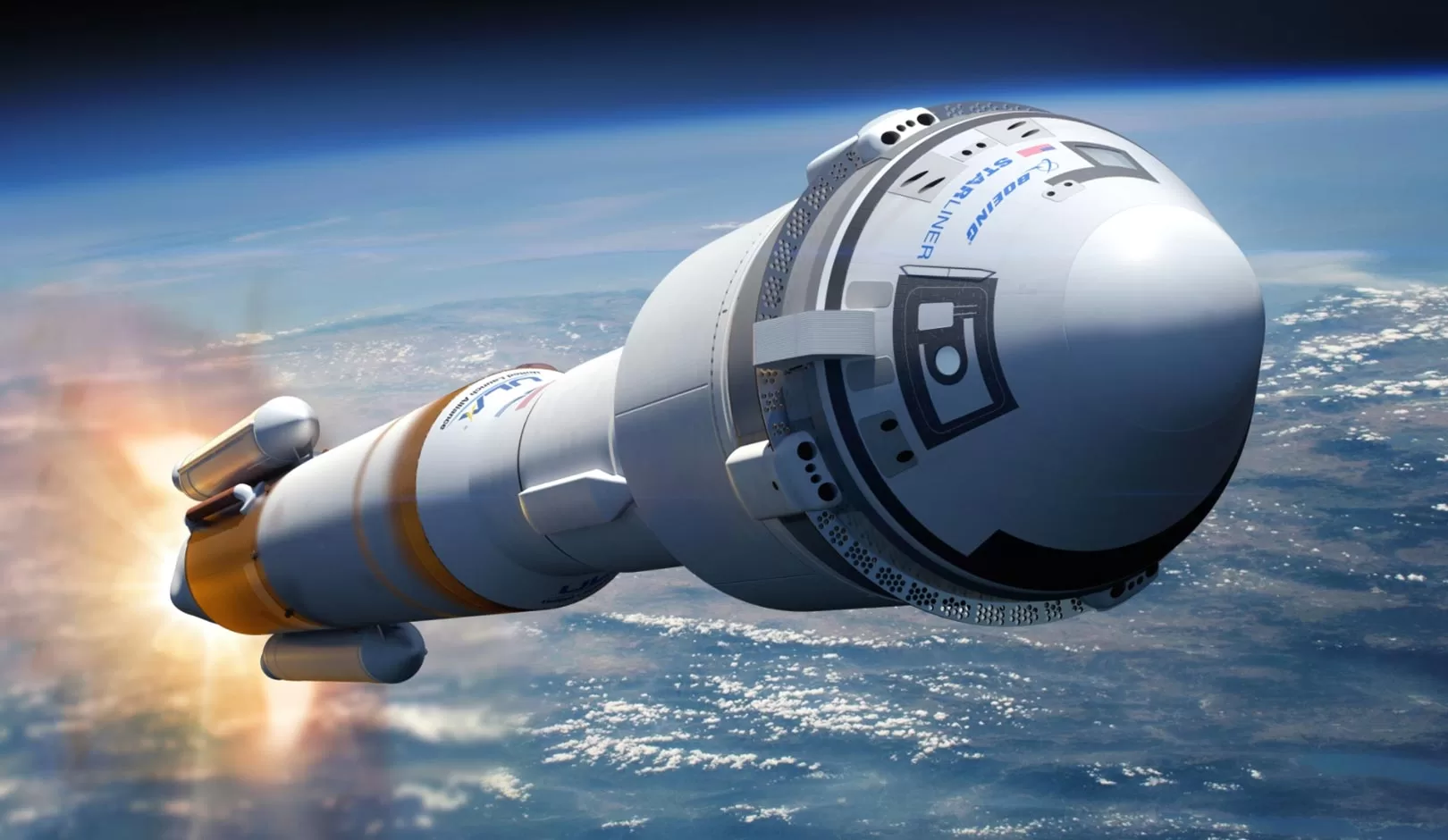Written by Er. Sachin Chaturvedi (Researcher / Masters in Machine Design, New Delhi, India)
NASA’s recent mission, initially planned as an eight-day endeavor, extended unexpectedly to 286 days due to technical complications, marking a significant episode in space exploration history.
Mission Overview
On June 5, 2024, NASA astronauts Sunita “Suni” Williams and Butch Wilmore launched aboard Boeing’s CST-100 Starliner spacecraft, aiming for a brief eight-day mission to the International Space Station (ISS). This mission was pivotal as it represented the first crewed flight of the Starliner, a spacecraft developed under NASA’s Commercial Crew Program to diversify transportation to the ISS.
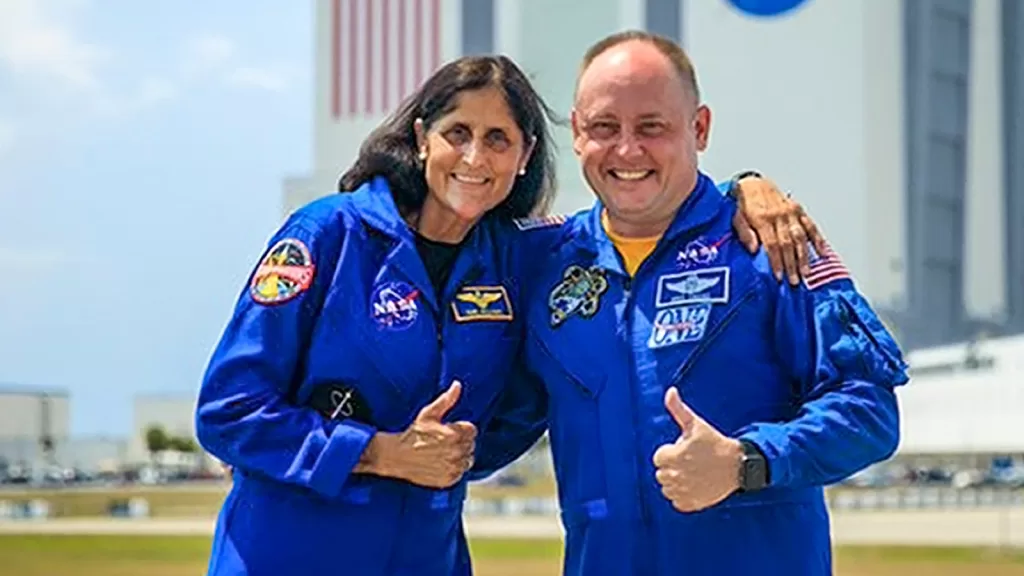
Technical Challenges and Extended Stay
Shortly after docking with the ISS, the Starliner encountered technical issues, notably helium leaks and thruster problems, which rendered it unsafe for the crew’s return journey. These malfunctions necessitated an unplanned extension of Williams and Wilmore’s stay aboard the space station.
Life Aboard the ISS
During their prolonged mission, Williams and Wilmore adapted to the extended timeline by engaging in approximately 150 experiments, including scientific research and spacewalks, contributing valuable data for future long-duration space missions. citeturn0news10 They maintained their health through rigorous exercise routines, dedicating about 2.5 hours daily to mitigate the adverse effects of microgravity, such as muscle atrophy and bone density loss.
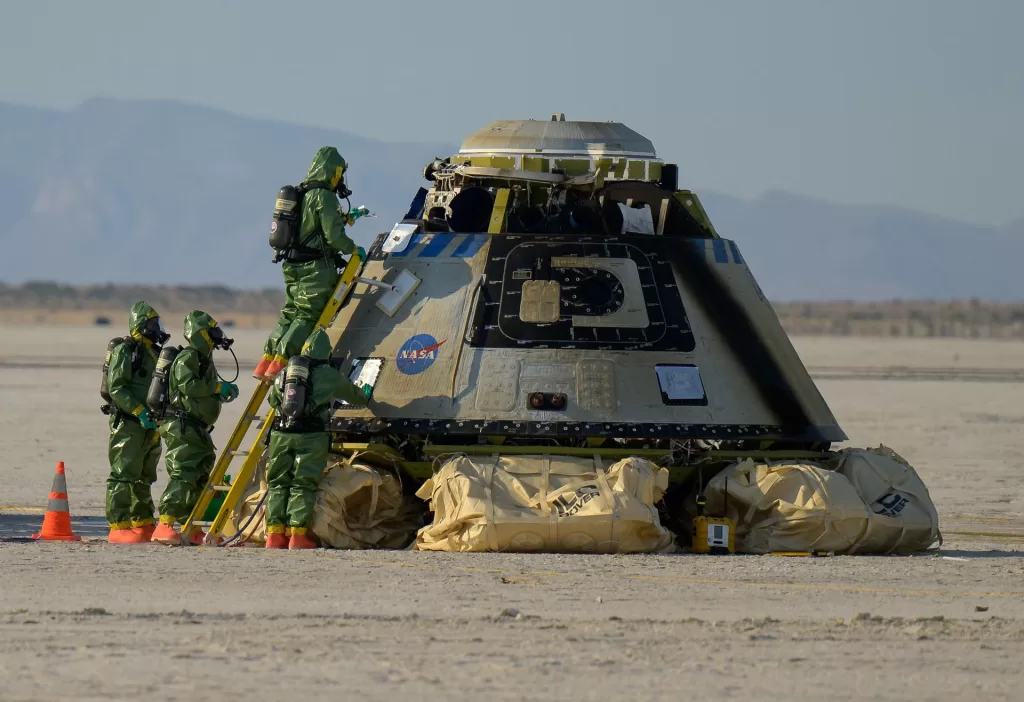
Return to Earth
NASA, in collaboration with SpaceX, orchestrated the astronauts’ return using the Crew Dragon spacecraft. On March 18, 2025, after a 17-hour journey, Williams and Wilmore safely splashed down in the Gulf of Mexico, concluding their 286-day mission. citeturn0news14 Upon return, they underwent standard medical evaluations to assess their readjustment to Earth’s gravity and overall health after the extended period in space.
Comparative Historical Context
While the mission’s duration was substantial, it did not surpass NASA’s longest single spaceflight record of 371 days, held by astronaut Frank Rubio. citeturn0news9 Historically, missions like Apollo 10 and Gemini 5 were also extended beyond their original timelines due to various challenges, underscoring the unpredictable nature of space exploration.
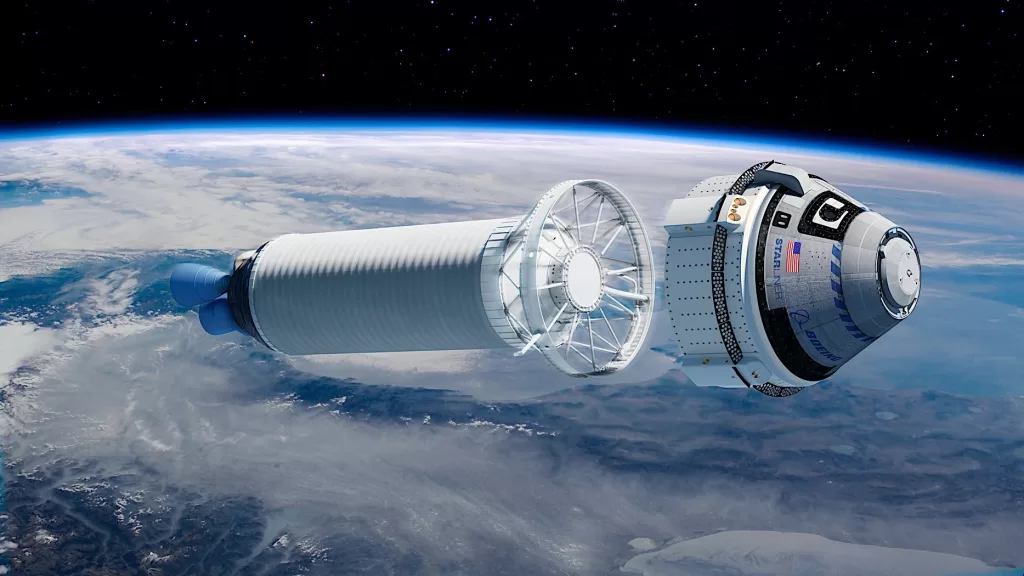
Implications and Future Outlook
This mission highlighted the complexities inherent in crewed spaceflight and the critical importance of having multiple reliable spacecraft for astronaut transport. The collaboration between NASA and commercial partners like Boeing and SpaceX is essential for the continued success and resilience of human space exploration. The experiences and data gathered from this extended mission are expected to inform future protocols, improve spacecraft design, and enhance contingency planning for long-duration missions, including those targeting Mars and beyond.

Key Challenges and Potential Mishaps
During the return of NASA’s Starliner mission (initially planned as an 8-day mission but extended to 286 days), some key challenges and potential mishaps were identified, though the crew ultimately returned safely. Here’s a detailed look at the issues that occurred and the risks faced during re-entry:
1. Thruster Malfunction
Issue: Several thrusters on the Starliner spacecraft failed during docking maneuvers at the International Space Station (ISS). While some thrusters were later restored, this posed a major concern for their return journey.
Impact: Thrusters are crucial for precise positioning during re-entry; any malfunction can jeopardize the spacecraft’s angle of descent, increasing the risk of overheating or veering off-course.
2. Helium Leak
Issue: The Starliner developed a helium leak in its propulsion system. Helium is vital for pressurizing the spacecraft’s engines, enabling proper thrust control.
Impact: A leak reduces the spacecraft’s ability to maneuver effectively, making controlled re-entry difficult.
3. Atmospheric Re-Entry Risks
Friction and Heat: The spacecraft faced extreme temperatures during re-entry (up to 1,650°C). A miscalculated angle could have led to excessive heat exposure, potentially damaging heat shields.
Plasma Blackout: During peak atmospheric entry, communication was temporarily lost due to ionized gases surrounding the spacecraft. Any failure to regain communication could delay emergency responses.
4. Parachute Deployment Concerns
Risk: Although parachutes deployed successfully, this phase is always critical. Any failure in deployment timing or parachute integrity could lead to a hard landing or loss of control.
Outcome: The parachutes deployed as planned, ensuring a safe descent.
5. Physical Impact on Astronauts
After spending 286 days in microgravity instead of the planned 8 days, astronauts Sunita Williams and Butch Wilmore faced greater physical strain. Extended exposure to weightlessness can cause:
- Muscle atrophy
- Bone density loss
- Balance issues
- Cardiovascular stress
Despite these risks, both astronauts underwent post-landing medical evaluations and showed positive signs of recovery.
6. Splashdown Risks
The final stage involved a controlled splashdown in the Gulf of Mexico. Choppy seas, recovery team delays, or capsule instability could have posed risks, but NASA’s recovery teams successfully retrieved the crew.
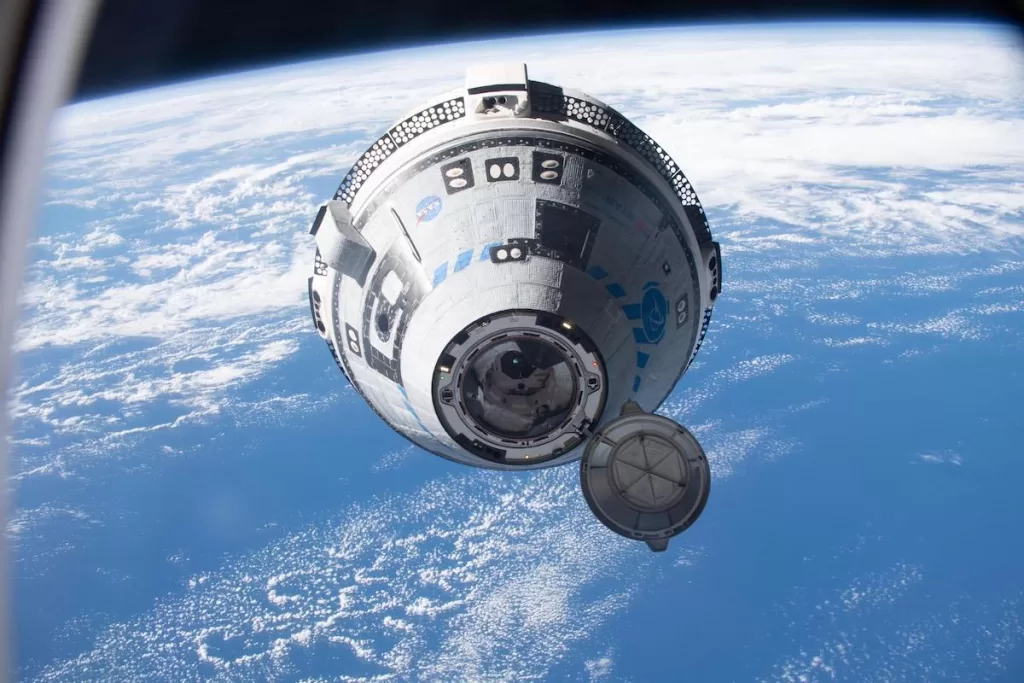
Conclusion:
While the mission encountered thruster malfunctions, helium leaks, and the physical toll of prolonged space travel, NASA’s robust contingency planning and engineering solutions ensured a safe return. The mission serves as a valuable learning experience for future deep-space missions like those targeting Mars.


